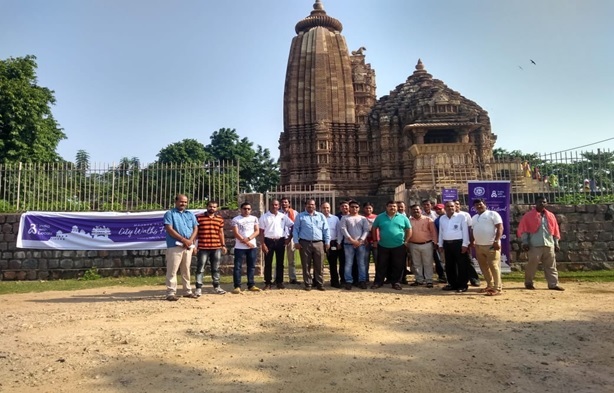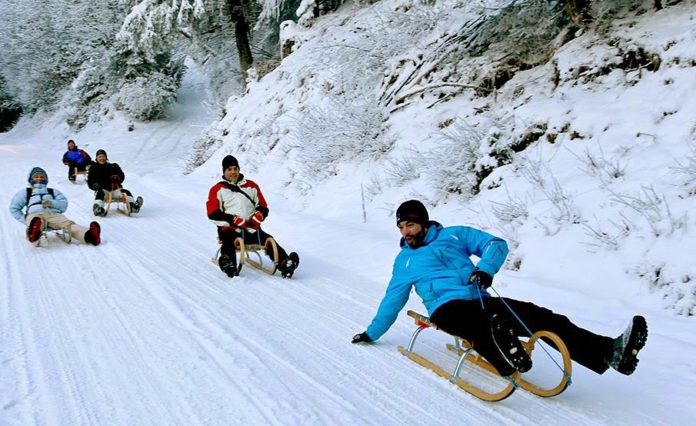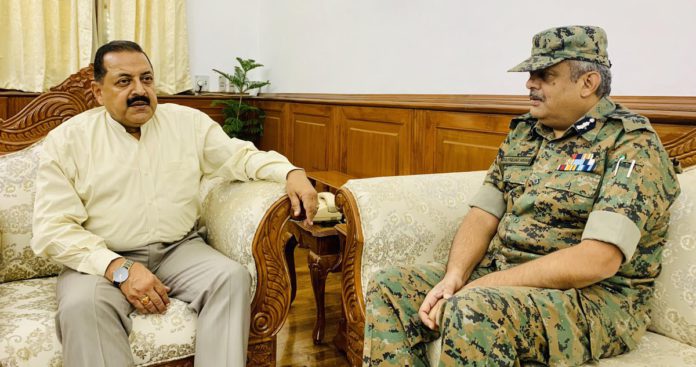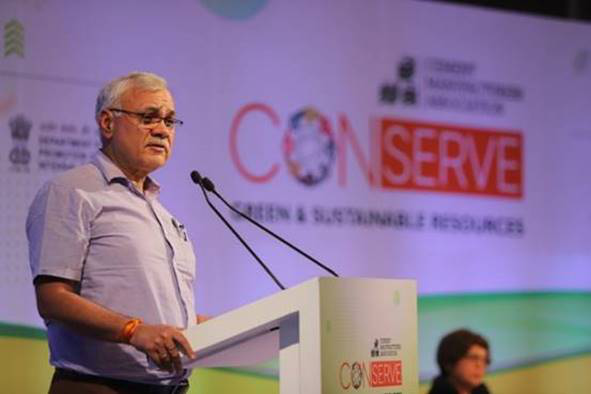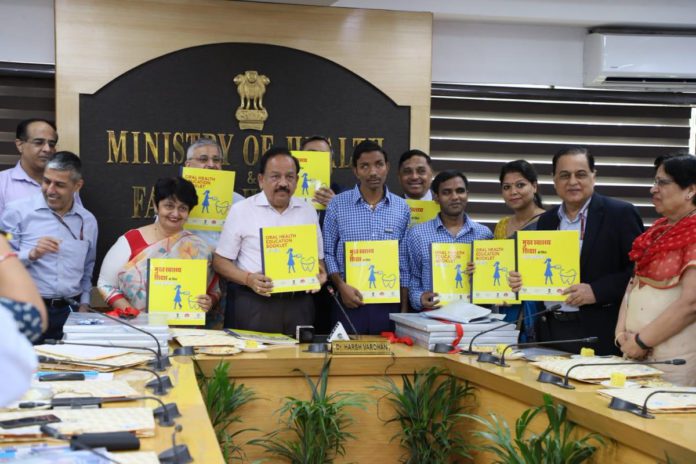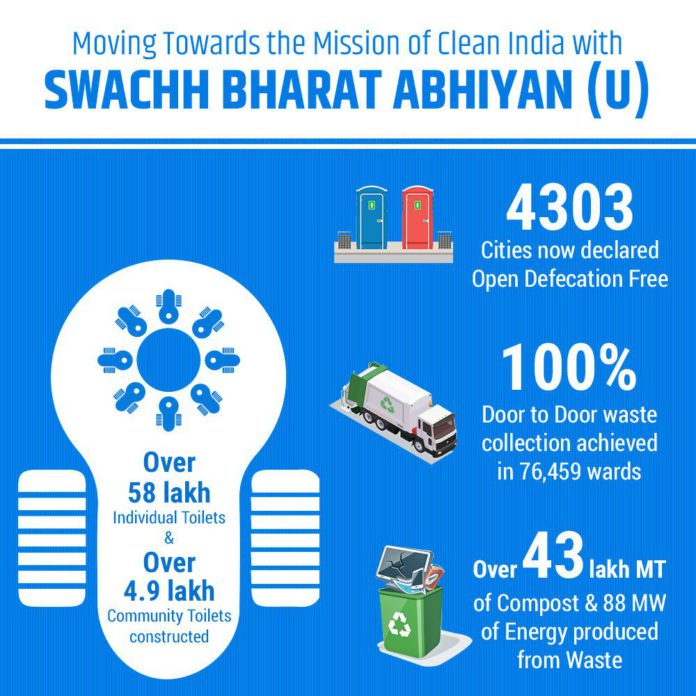Hindon (UP): In a message to Pakistan, Wing Commander Abhinandan Varthaman, who shot down a Pakistani F-16 fighter plane in February, and heroes of the Balakot operation today participated in a fly past on the occasion of Air Force Day here.

Abhinandan, flying a MiG-21 Bison, led a group of three fighter planes in an ‘avenger’ formation on the 87th Foundation Day of the IAF.
The significance was highlighted as it was a MiG-21 Bison, which he was flying during the aerial dogfight with Pakistani fighters on February 27.
He shot down an F-16 fighter before his own jet was hit when it crossed the border while chasing the Pakistani fighters. He was taken captive by the Pakistani forces, to be released two days later.
Huge cheers greeted his aerial manoeuvres today in the presence of IAF Chief Air Chief Marshal R K S Bhadauria.
The fly past also saw manoeuvres by Mirage 2000 fighter planes, flown by the pilots who bombed Jaish-e-Mohammad (JeM) terror camp in Balakot, deep inside Pakistan, on February 26 in retaliation to the February 14 terror attack on a CRPF convoy in Pulwama district of Kashmir.
It was the first time since the 1971 war that IAF fighters crossed the border to carry out hits deep inside Pakistan.
The air show also saw a fly past by recently-inducted Apache attack choppers, the most advanced combat chopper in the world, and three heavy-lift Chinook helicopters.
India’s indigenously developed Light Combat Aircraft (LCA) Tejas also performed spectacular manoeuvres during the air show.
The 51 Squadron of the IAF, also known as the Sword Arms, to which Abhinandan belongs, was presented with a citation by IAF Chief Air Chief Marshal RKS Bhadauria. Its Commanding Officer Group Captain Satish Pawar was presented with the citation.
The air chief also presented a citation to IAF’s 9 Squadron, also known as Wolf Packs, which comprises the Mirage 2000 fighter aircraft. It was presented to the Wolf Packs Commanding Officer Group Captain HJ Sequeira.
A citation was also presented to the 601Signal Unit of the IAF that had identified the package of 30 aircraft that had been released by Pakistan into Indian territory on February 27. It was presented to its Commanding Officer Group Captain Abhijit Nene.
In his address at the event, Air Chief Marshal Bhadauria said the IAF will help Indian firms in playing a major role in its fleet sustenance.
He said the force is committed to building strategic autonomy through indigenous design and manufacturing under the ‘Make-in-India’ initiative of the government.
Earlier, last week, he had asserted that there will be no imports whatsoever in the foreseeable future to replace the ageing aircrafts or increasing the fleet strength.
The IAF is short of at least 10-12 squadrons of fighter jets and the existing Bison and non-Bison versions of the MiG-21 planes are also set to be decommissioned very soon.
“The development of the indigenous fifth generation Advanced Multirole Combat Aircraft (AMCA) has been launched,” the Air Chief said.
The manufacture of the AMCA by Hindustan Aeronautics Limited (HAL) is being given priority by the government to make up for the depleting strength of the IAF.
“I am also happy to say that in the air force the nodal technology centres at the base depots have successfully completed 40 indigenous projects over the past one year with the help of industry, R&D centres and the academia. Another 122 projects are in the pipeline,” he added.




